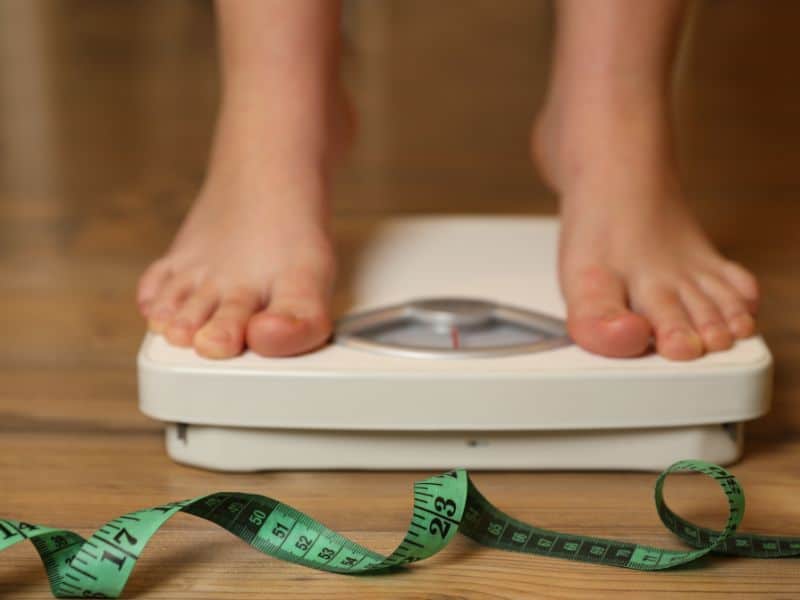Getting kids comfortable with numbers can be super fun and playful. It’s all about making numbers a natural part of their world—no pressure, just lots of curiosity and exploration.
Numeracy skills include recognising numbers, counting, tackling numerical problems, measuring, making estimates, sorting and identifying patterns. It’s also not just teaching numbering or calculations to kids but supporting thinking and facilitating the recognition of different patterns and measurements.

Early numeracy should be tactical so that kids can have a concept of the real-life mathematical world.
Read on to find out the best early numeracy activities for preschoolers. These activities include some hands-on ways to improve number awareness for kids.
Related Articles:
Early Numeracy Activities For Toddlers And Preschoolers
1. Big And Small Worksheets

Big and small worksheets help children understand size comparison, which is a foundational math concept that supports number sense, measurement, and categorisation skills.
You can download 10 worksheets with a variety of activities including cutting and sorting, colouring the biggest and the smallest objects and drawing big and small versions of objects.
2. I spy Number Version
I spy is a fun game children love to play. How about adding some numbers into it ? Here are some fun ideas to try out.
- I spy with my little eye… 3 red blocks
- I spy something that you can count to 5 with
- I spy 2 things that are the same size
- I spy a shape with 4 sides—can you find it?
- I spy 2 small circles and 1 big square
Possibilities are endless, even inside your home.
3. Sorting and Matching Bins

Provide some colourful containers and pompoms. You can also use cupcake liners. Then ask kids to sort the pompoms using tweezers or tongs.
This is a great way to learn sorting and grouping same colours/sizes.
4. Finger Print Numbers

In this fingerprint math activity, children use finger paints to create a number of fingerprints corresponding to the numeral written on paper—one fingerprint for “1,” two for “2,” and so on up to ten.
This activity promotes rational counting and one-to-one correspondence.
5. Measurement Activities

Measurement activities introduce children to the concepts of length, height, weight, volume and time, helping them develop comparison and estimation skills.
- Comparing who is taller/shorter or what is longer/shorter
- Using non-standard units (e.g., paper clips, hands, blocks) to measure objects
- Sorting items by weight using balance scales
- Measuring and pouring water to learn about volume
- Simple sequencing of daily events to understand time
6. Number Hunt with Flash Cards

Make attractive flashcards with paper and write numbers from 1 to 10. Stick the cards in different places on the floor or the walls.
Call the numbers loudly and let the kid run and find the numbers. Ask them to tap the number.
For instance, if there is number two, they have to tap it twice and if there is number five, they have to tap it five times.
7. Roll the Dice

This is another fun and simple activity you can do at home.
Provide children with different things like pom-pom balls, ice cube blocks and small toys.
Roll the dice and ask them to read the number and place the objects in a bowl as mentioned. Keep on rolling the ties until the ball is full with the objects.
8. Playdough Number Formations

Number formation through playdough is a great sensory activity to recognise letters and numbers. Provide your child with different kinds of coloured dough and allow them to make different numbers.
9. Growth Chart

Having a growth chart also helps with measuring skills and recognising numbers.
It’s also a fun way to track the height over time!
10. Cooking and Measuring

Cooking with children offers numerous benefits for their development.
One of them is improving their early numeracy skills. They learn to count, compare quantities and understand measurement units – all through real-life hands-on experiences.
11. Counting with Everyday Objects
Counting can be integrated into everyday life rather than being a separate task. You can find many opportunities throughout the day to help them learn numbers.
Provide different everyday stuff to the kids such as buttons, coloured pencils, toys or snacks. Ask the children to count each item.
You can encourage them by counting rhymes while pointing towards the things to count each item.
Early Numeracy Activities For Babies
Here are some of the things you can do to introduce numbers in early years.

Reading Picture Books
Reading picture books aloud is a great way to introduce number awareness for babies.
Books filled with vibrant images and rhythmic language help babies associate numbers with objects.
Singing Number Songs
Songs like “One, Two, Buckle My Shoe,” “Five Little Ducks,” and “Ten Little Fingers” engage kids through repetition and help them connect numbers with objects.
Everyday Conversations
You can use everyday conversations to help early numeracy. Here are some useful methods,
- Counting Objects:
- “Can you count how many apples we have?”
- “Let’s count the stairs as we go up”
- Number Recognition:
- Point out house numbers, bus numbers, or pages in a book – “Look, the number on the door is 7”
- Comparing Quantities:
- “You have more blocks than I do—let’s count them and see”
- “Which cup has more juice?”
Why Early Numeracy is Important?
Whether you are a parent or an educator, early numeracy teaching is very crucial for children. Engaging in hands-on early numeracy activities is the most effective way for children to start developing number awareness.
Numeracy is not just about learning numbers but it is about understanding quantities, and measurements and using logical reasoning for solving simple problems.
- Early numeracy supports logical thinking. It teaches students the concept of comparing, predicting, reasoning and sorting out things.
- With the help of early numeracy, a child can connect numbers with everyday life.

These activities were very helpful to give you different activities to try with the children in your setting.